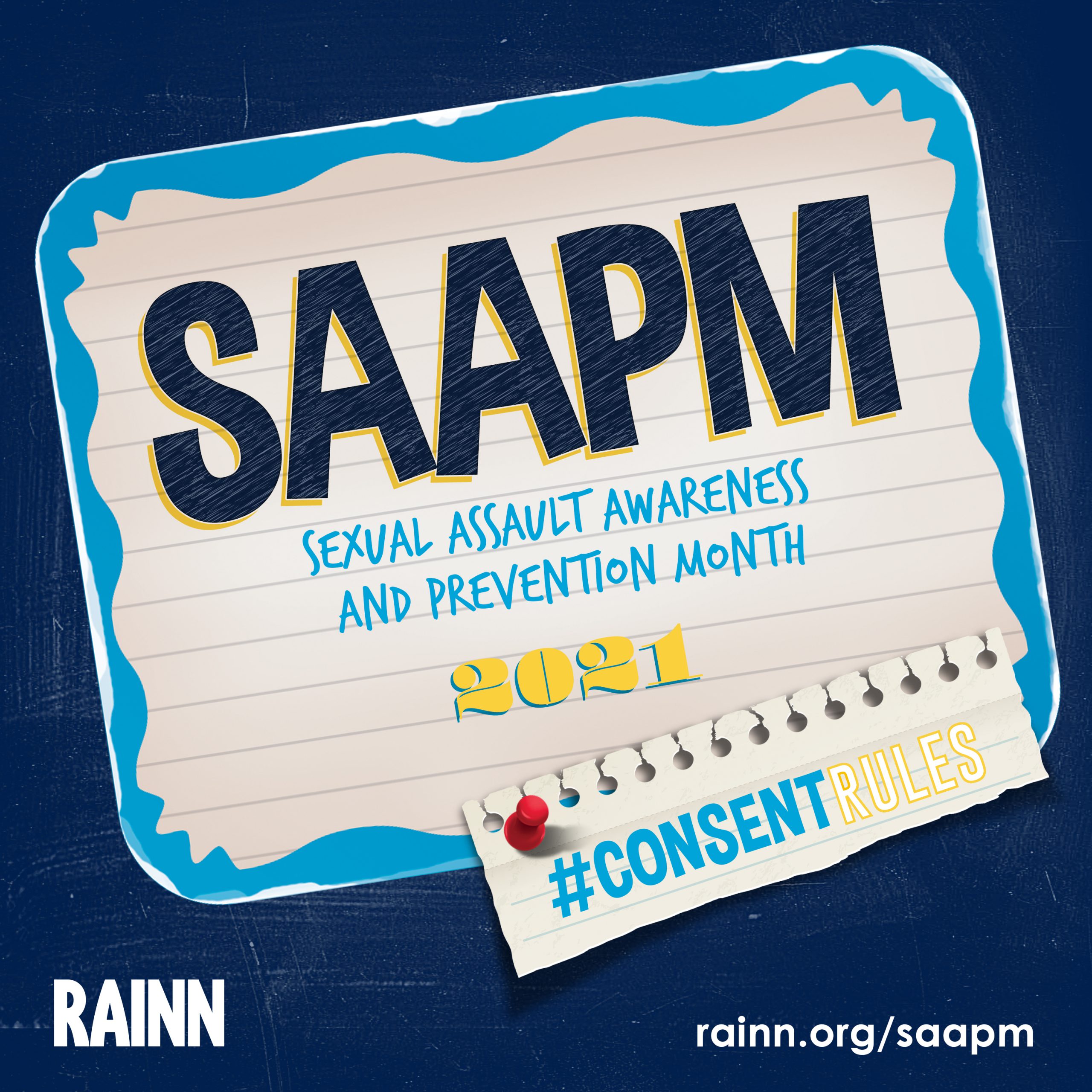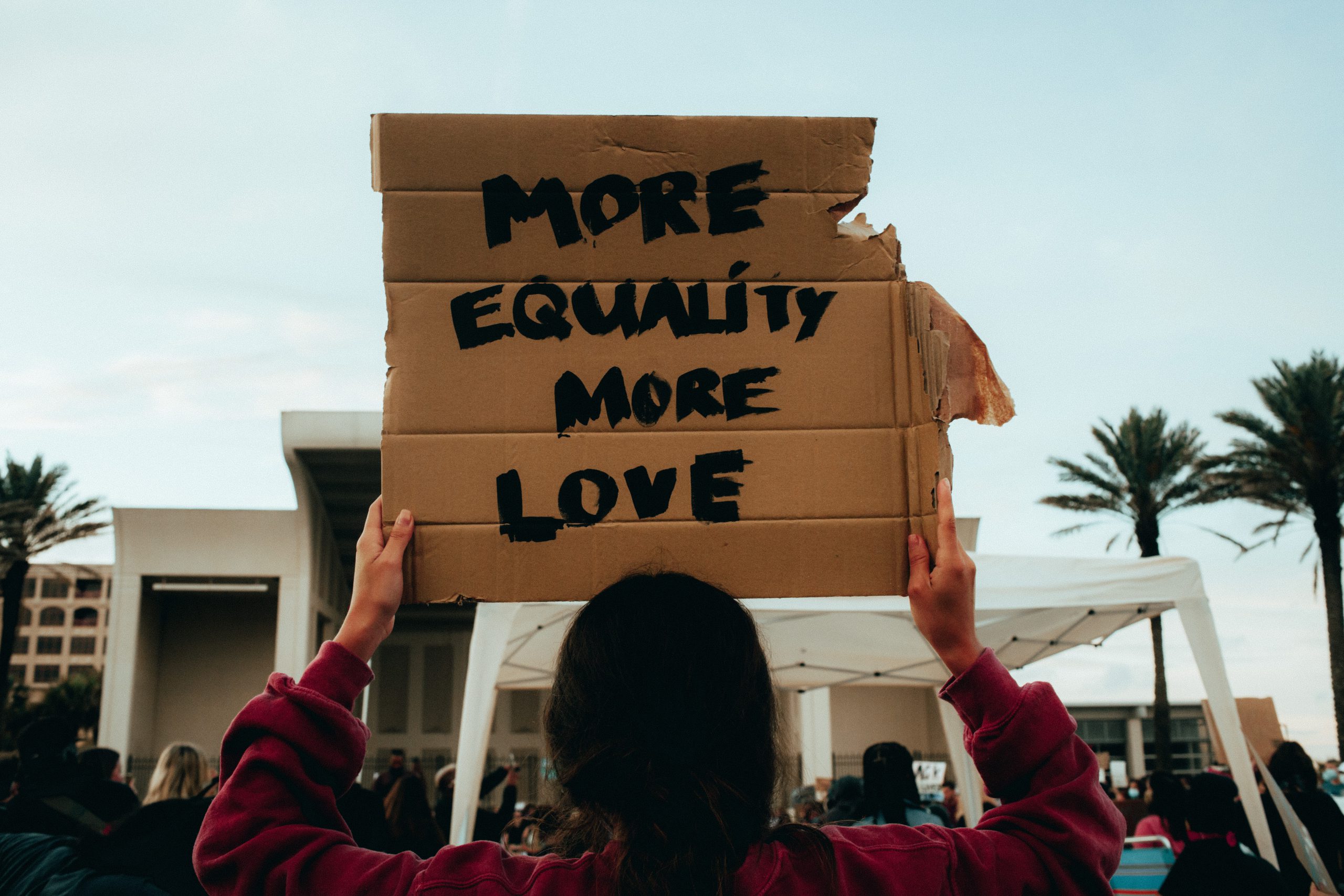Search results
53 results found.
53 results found.

CONTENT WARNING: This blog discusses rape and other forms of sexual violence. Over recent years, the #MeToo movement has grown to bring sexual violence, abuse, and toxic behavior into awareness within American culture, but there is still much misinformation and stigma to combat to ensure the health and safety of everyone affected. Rape is the most under-reported crime with only 36% of rapes, 34% of attempted rapes, and 26% of sexual assaults reported to law enforcement. Despite misconceptions, the prevalence of false reporting is low — between 2-7%. The consequences of sexual assault reach far into the lives of […]

Public health is “the science and art of preventing disease, prolonging life and promoting human health through organized efforts and informed choices of society, organizations, public and private, communities and individuals.” Analyzing the health of a population and the threats it faces is the basis for public health. Public health professionals work to prevent problems from happening or recurring through implementing educational programs, recommending policies, administering services, and conducting research. Public health also works to limit health disparities by promoting healthcare equity, quality, and accessibility. You can look at public health narrowed down to any population — from a neighborhood, […]

Patient safety is about preventing and reducing harmful medical incidents that lead to adverse effects. Studies suggest that as many as 400,000 deaths occur in the United States each year as a result of errors or preventable harm. While not every case of harm results in death, they can cause a long-term impact on the patient’s physical health, emotional health, financial well-being, or family relationships. Preventable harm is expected to cost the U.S. and European healthcare systems $383.7 billion by 2022. The bulk of these costs are directly associated with additional medical expenses, followed by increased mortality rates and loss […]

We are a few short weeks away from the beginning of spring in the United States, when more than 50 million Americans may be affected by seasonal allergies. Allergies are one of the most common chronic illnesses. An allergy occurs when the body’s immune system sees a substance (referred to as an allergen) as harmful and overreacts to it. Allergies affect as many as 30% of adults and 40% of children in the U.S. The most common allergy symptoms make you uncomfortable, while others can be life-threatening. Allergens can be inhaled into your nose and lungs, ingested through the […]

Social justice is the concept that all individuals deserve equal rights and opportunities — including the right to health. Inequities remain in healthcare that are avoidable, unnecessary, and unjust. These inequities are the result of established policies and practices that maintain an unequal concentration of money, power, resources, and perceived value within society among communities based on gender, age, race, ethnicity, religion, culture, country of origin, or disability. Racism, homophobia/transphobia, and misogyny are all insidious forms of bigotry that have long-reaching effects into healthcare. The COVID-19 pandemic has exposed and exacerbated the inequities in American healthcare. Long-standing systemic health […]